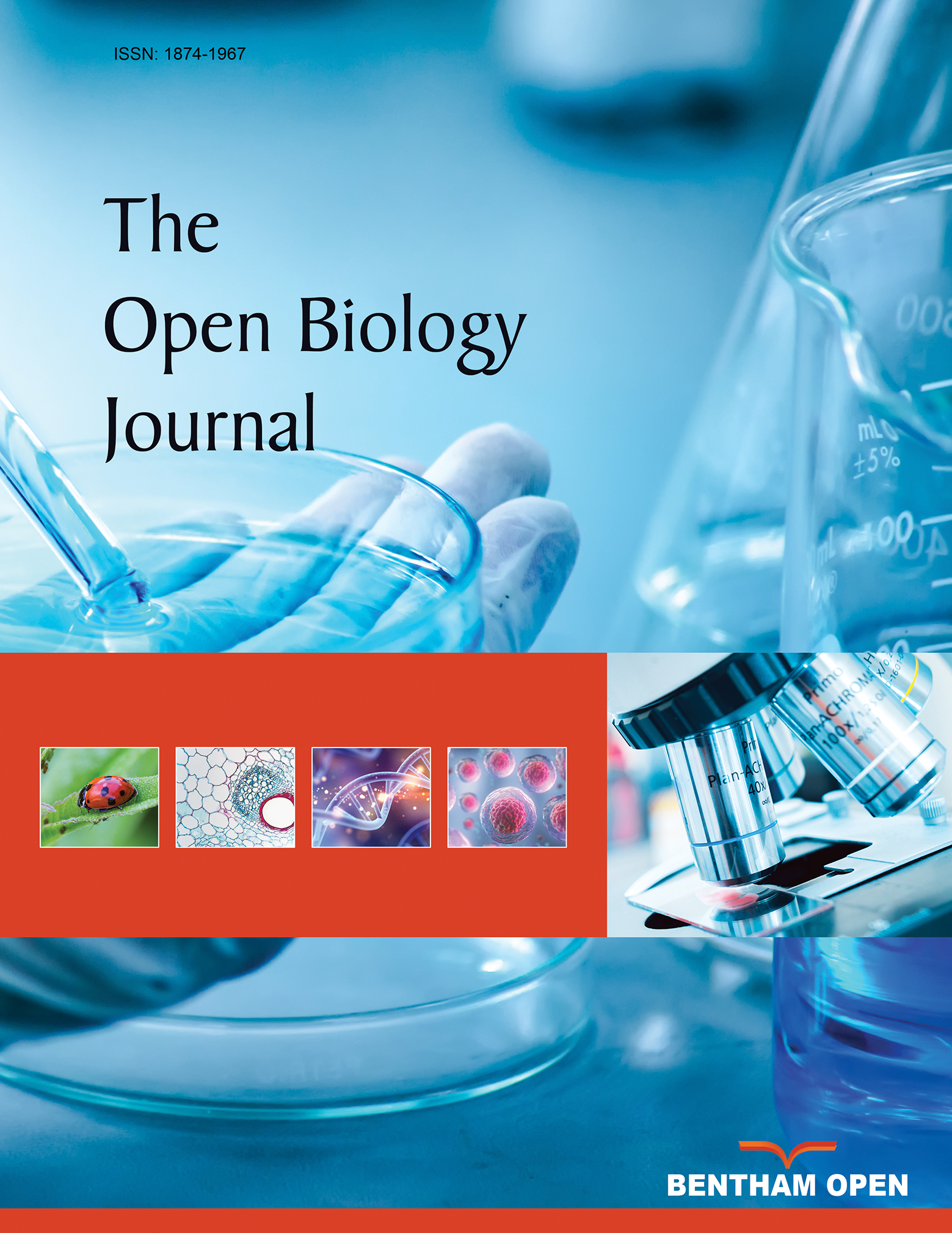All published articles of this journal are available on ScienceDirect.
Protein Aggregation in the Cell Nucleus: Structure, Function and Topology
Abstract
The nucleus represents a cellular control unit that regulates all events concerning the storage and processing of DNA and RNA. It is organized by highly crowded, dynamic assemblies of proteins and nucleic acids in molecular machines, ribonucleoprotein complexes, clusters of ongoing nuclear processes, nuclear bodies, and chromatin. This review discusses the occurrence of nuclear protein aggregation with special emphasis on the functional architecture of the nucleus, and quality control by the ubiquitin-proteasome system.


